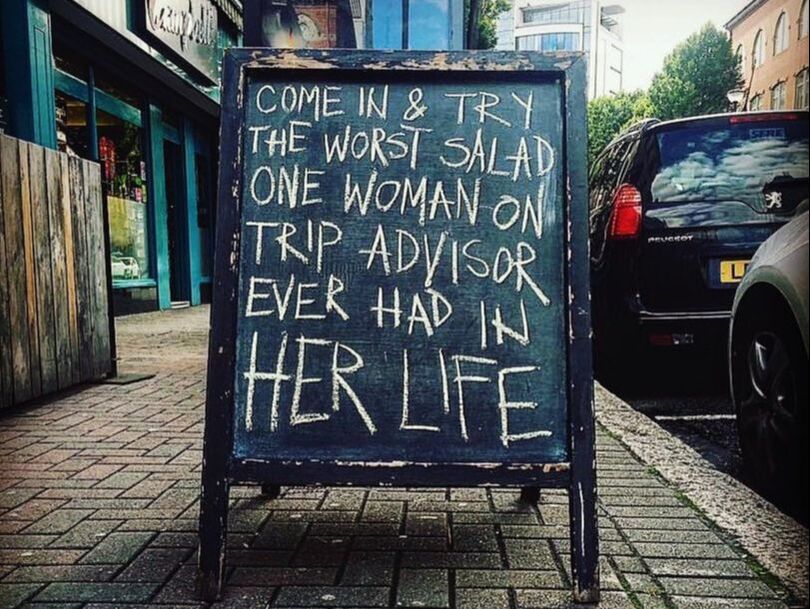|
Attention to detail. As a business owner — especially in the hospitality space — this should be a huge priority. How many of you can truly say you’re paying attention? There are nearly 10,000 wineries in the United States, most of which have tasting rooms or offer some sort of consumer experience. In an industry that can at times feel constrained by tradition and etiquette and a constant undercurrent of judgement, it may seem hard for a winery to break out of the mold and explore new ways to engage with their customers. What does it take to stand out? I visit countless tasting rooms a year. Here are some interesting moves I’ve come across in my travels that have made my visit truly memorable. 1. The Spittoon First of all, if you are a winery and you don’t offer your guests a spit cup or easily accessible dump-bucket, you are contributing to the perception that going wine tasting is all about getting a buzz. I’ve seen plenty of guests standing around awkwardly as their friends are getting a taste of the next wine in a lineup, trying to figure out what to do with the remaining ounces in their glass. Most of the time they just knock it back, sometimes with the same facial expression they might make taking a shot of Jose Cuervo. Not everyone wants to finish every drop of wine — it’s nothing personal — so it’s important to make them feel encouraged to spit or dump.  Now, how about taking this gesture to the next level, by offering something elegant and consistent with your brand. Check out this gorgeous personal spittoon offered at Robert Renzoni Vineyards in Temecula Valley. It’s a small detail, but it serves the dual purpose of making your guests comfortable and adding a stand-out, Instagram-worthy touch to the experience. 2. The Education While those in the biz love to wax poetic about véraison and malo-lactic fermentation, the average consumer glazes over during the “education” phase of a wine tasting, wondering when the next pour is happening, or if there are going to be any of those weirdly satisfying wine crackers coming up. What are you doing to make this experience exciting for your guests?
3. The Guided Tasting Seated, guided tastings are an important offering at any winery, but it’s important to go beyond simply pouring six tastes of wine and going through the motions. I will never forget a guided tasting I did while living in Italy, at Castello di Fonterutoli in Tuscany. We sat down to six pre-poured tastes of Sangiovese from different plots within the same vineyard, to experience the incredible difference a small change in exposure, soil and unique microclimate can make. Baily Winery in Temecula Valley offers an eye-opening vertical tasting of five to six vintages of their Meritage or Cabernet Franc to demonstrate the remarkable consistency and age-worthiness of their wines. This also serves as a platform to discuss the impact of climate on a given vintage, not to mention the winemaking techniques used as a result.
The bottom line here is that when you are busy trying to run a business, manage a wine club, coach staff and prepare for harvest, it’s easy to push some of these details to the back-burner. But I encourage you to spend some time bringing them back up to the forefront of your business and your brand, as even a few small tweaks here and there will help you cut through the noise and differentiate yourself as a winery worth visiting.
Got thoughts or questions? Send me a note at [email protected]. Follow me on Instagram @thesocalwinegal
1 Comment
|
AuthorDevin Parr writes about wine -- drinking it, making it, life with it, traveling for it and the business of it. She also dabbles a bit in careers and parenting. Archives
January 2021
Categories
All
|
Company |
|





 RSS Feed
RSS Feed